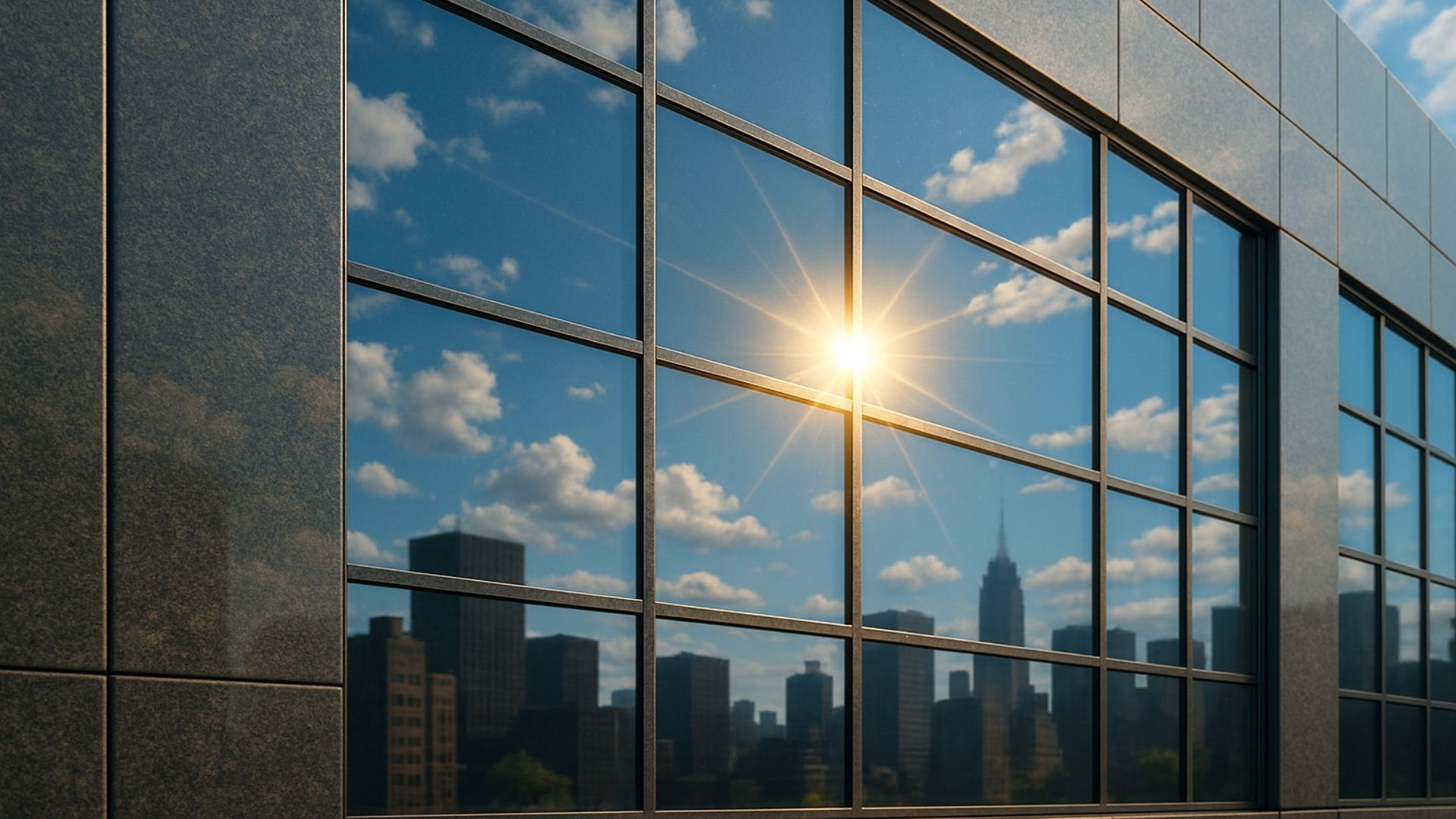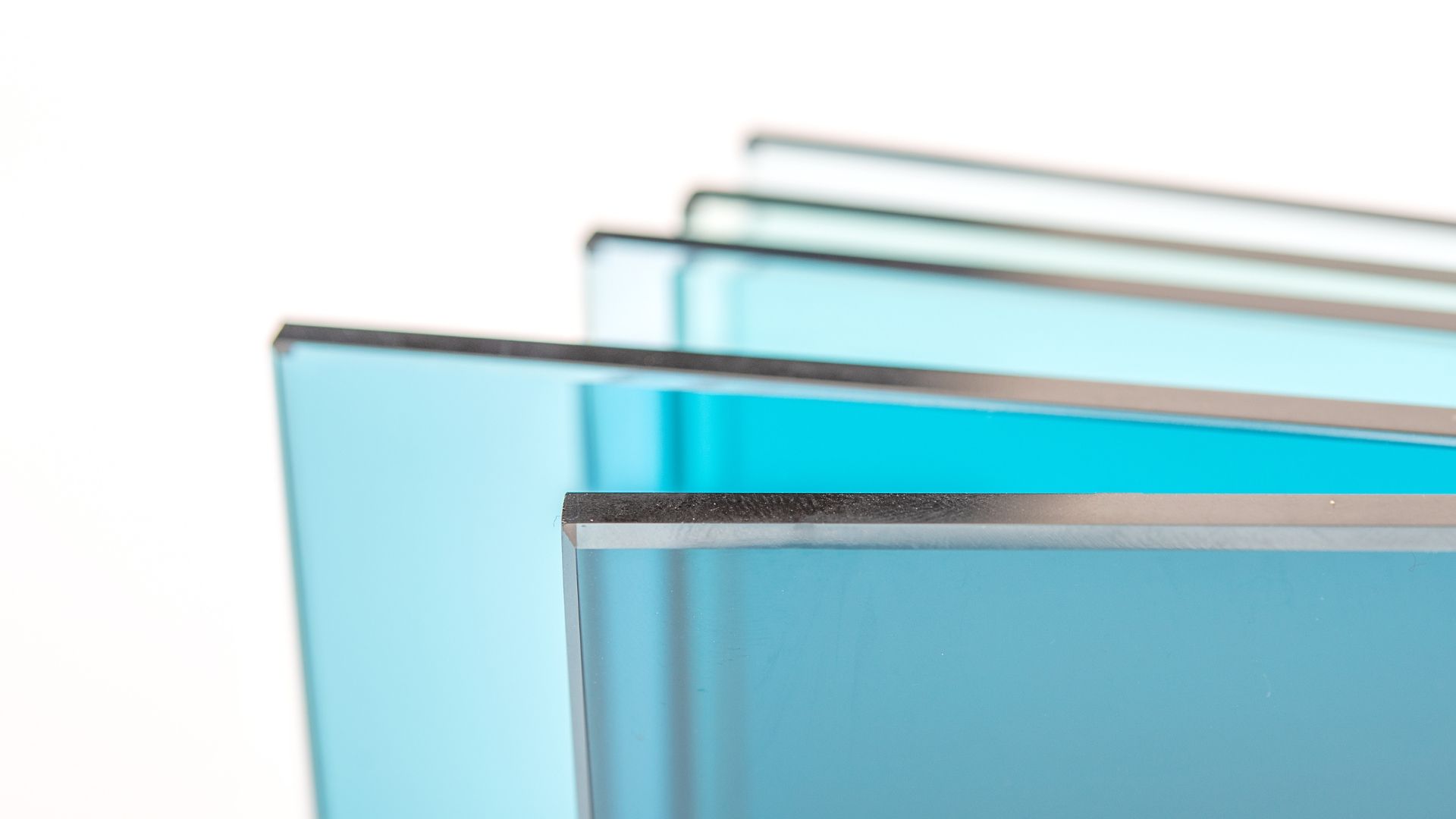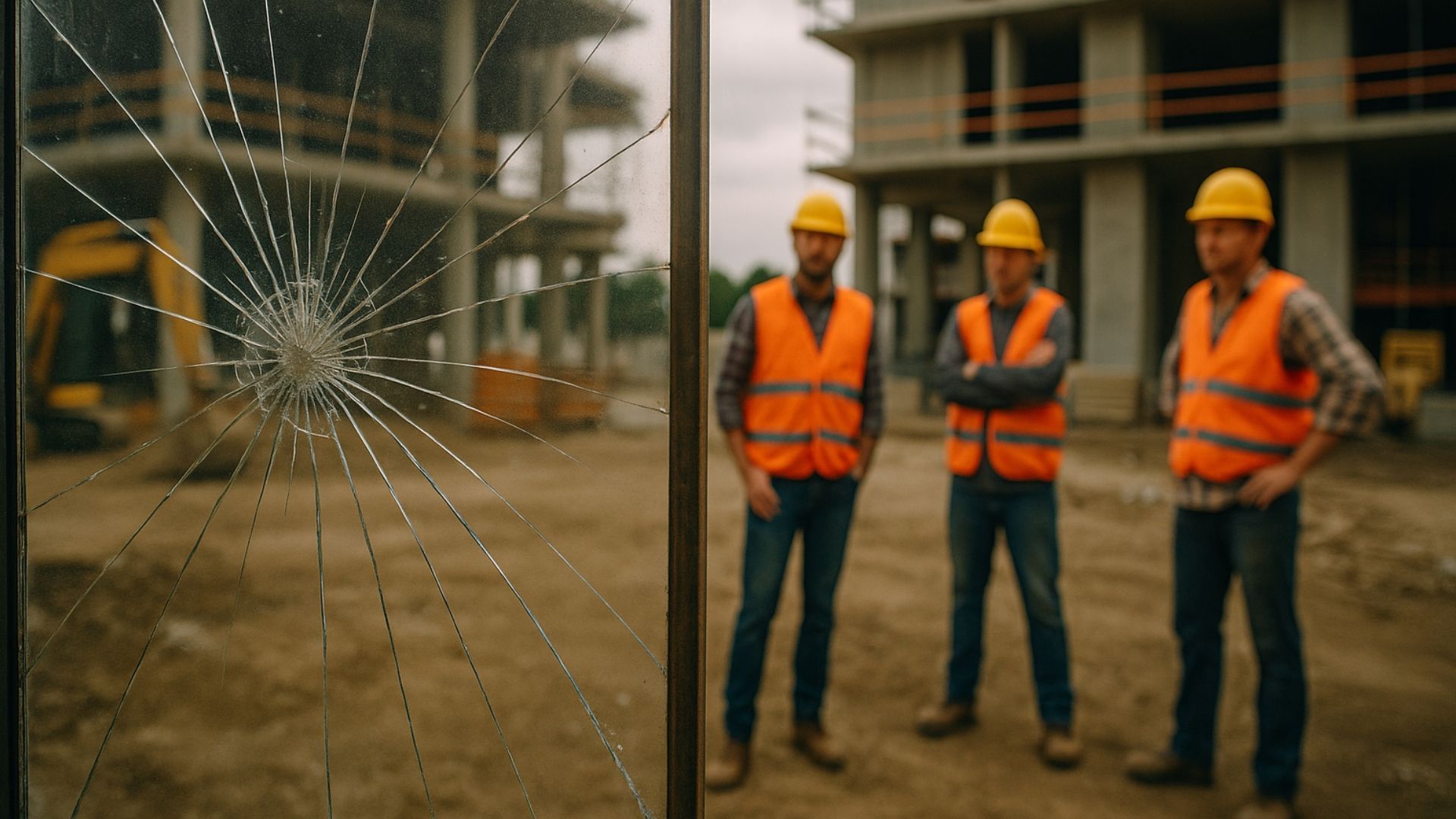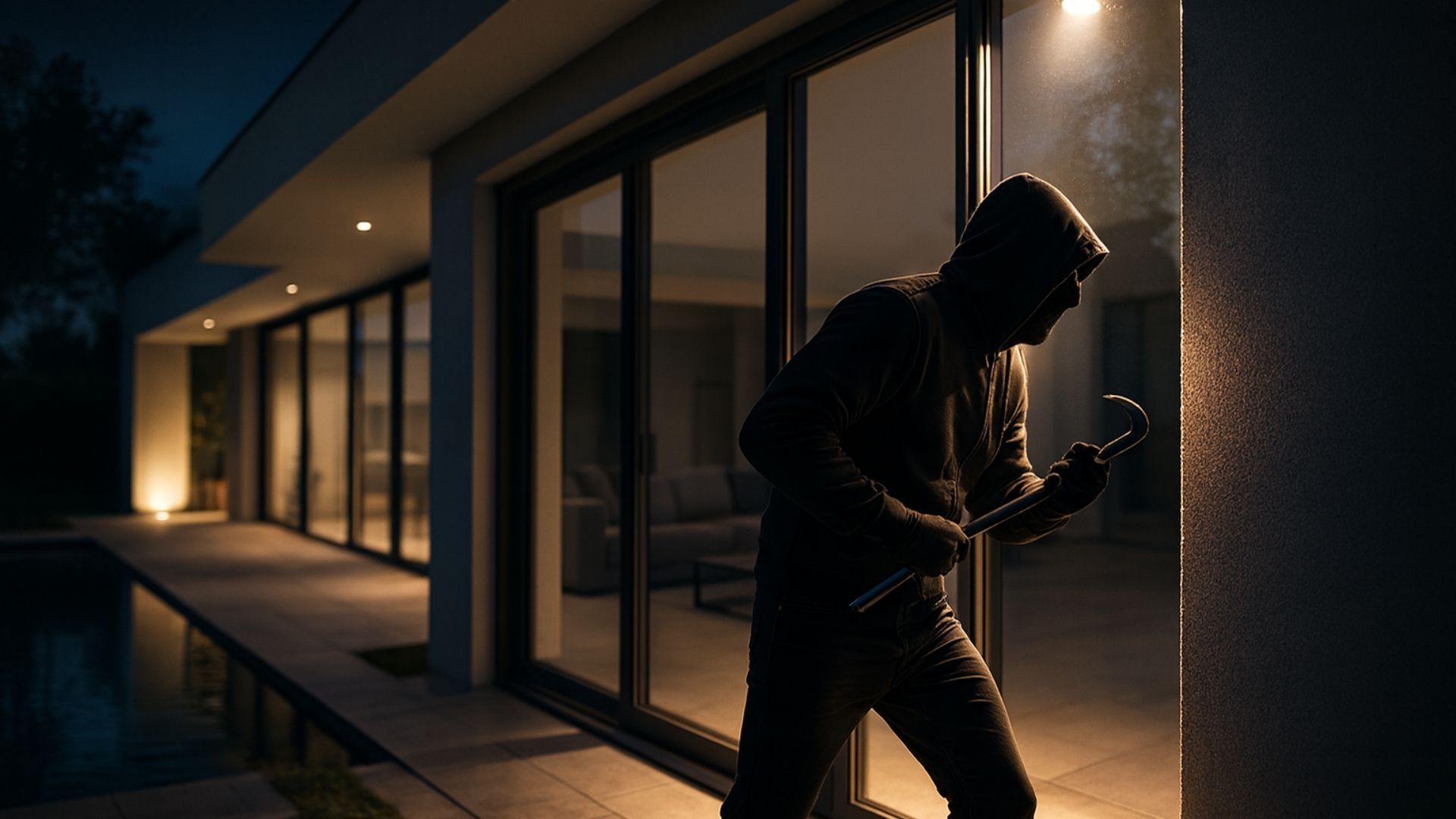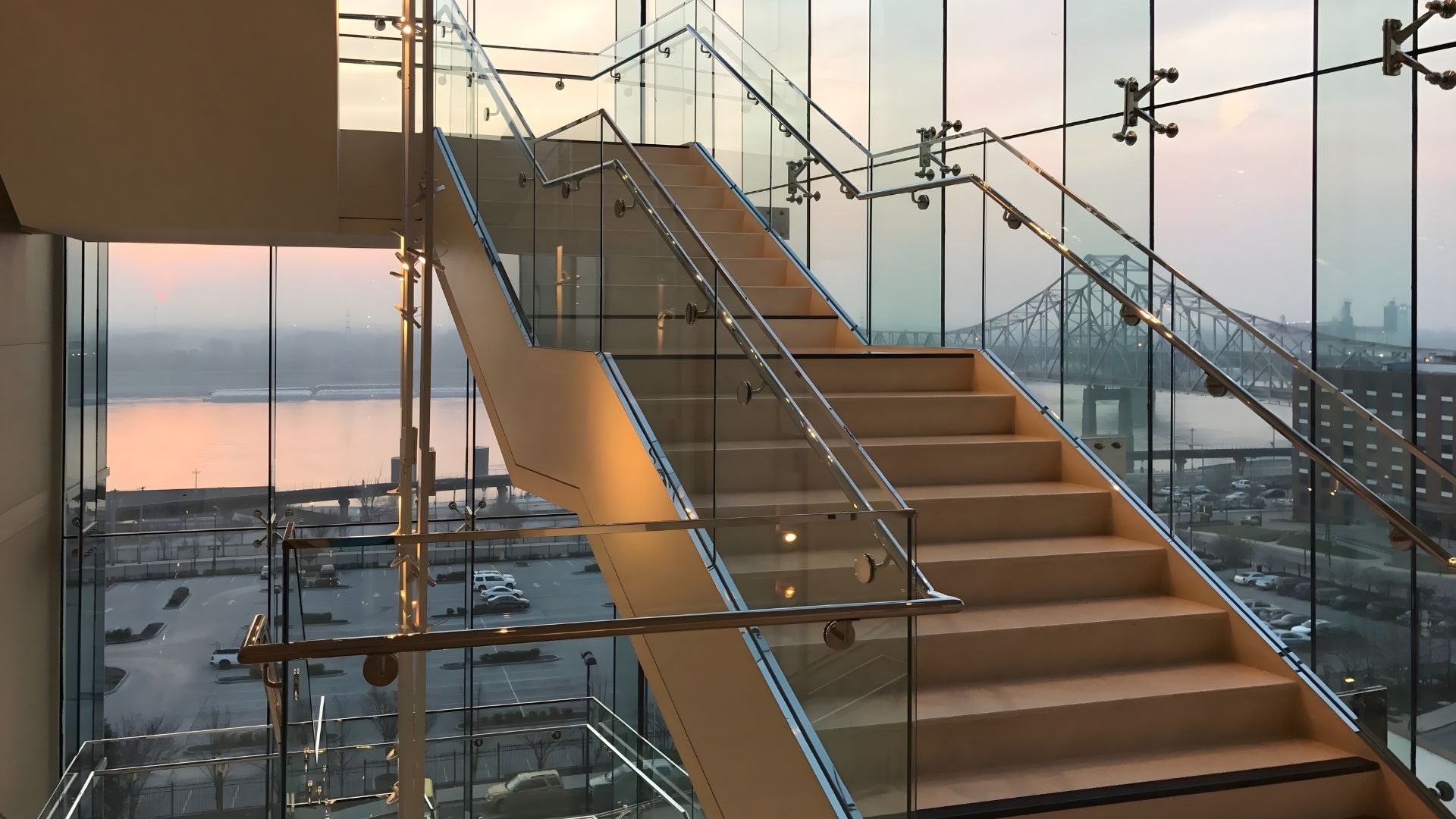Architectural glass: 4 of the world's most impressive glass buildings
Share this blog:
Look at any city skyline and you'll see plenty of impressive glass buildings. But which deserves the highest praise? Join us as we look at 4 of the very best.
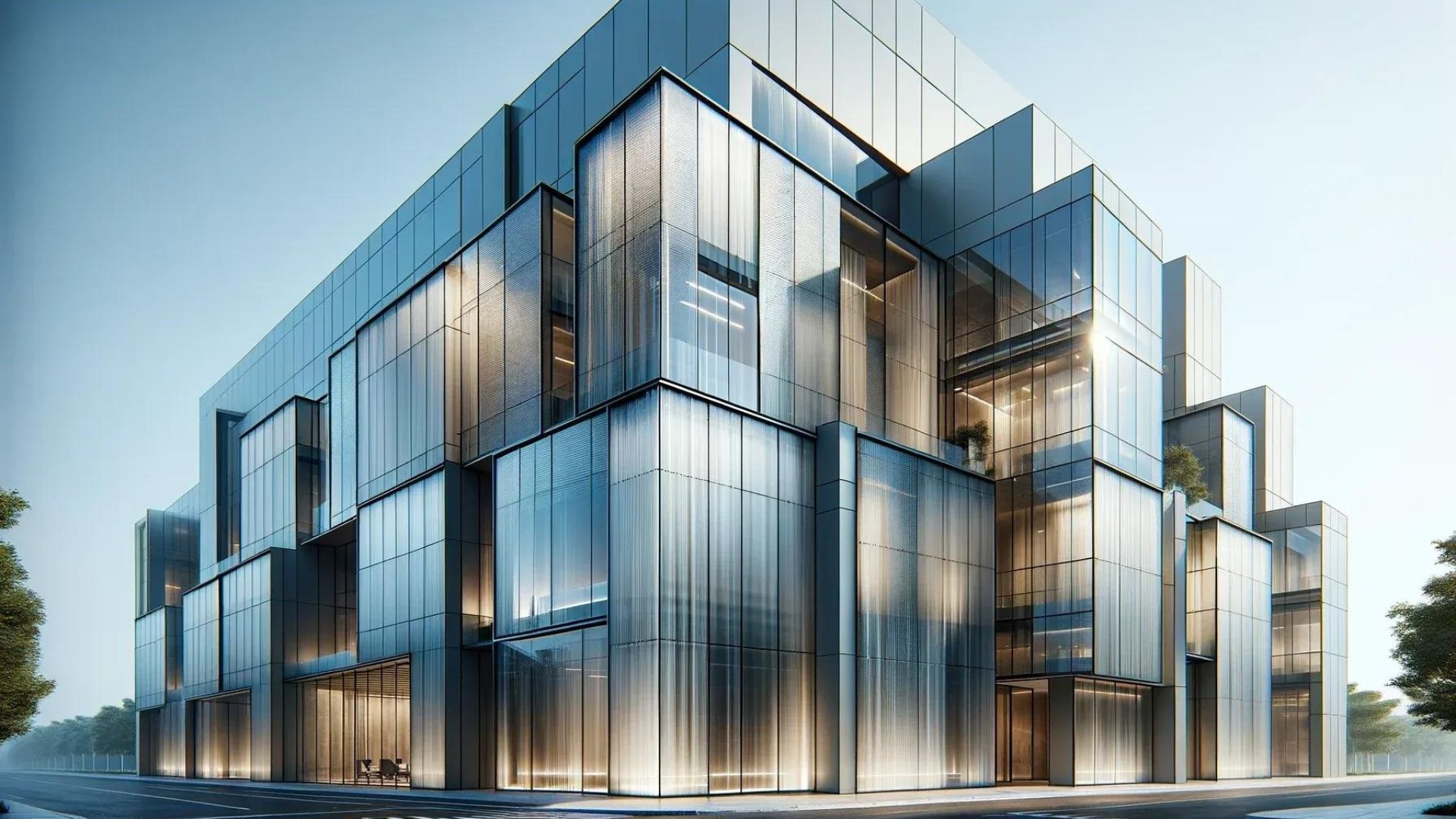
Architects work wonders with glass. Just look at any big-city skyline and you'll see the architectural potential of glass in action.
As a leading UK glass supplier, we've always taken a keen interest in glass as a building material – and if an impressive glass building pops up somewhere, you can be sure we'll be among the first to know about it.
Heck, we've even been involved in some award-winning glass building projects ourselves.
Are you curious about the aesthetic or structural potential of glass? Are you looking for inspiration for your own project?
We've got you covered. Here are four of the most impressive glass structures on the planet – including one that ToughGlaze helped bring to life.
1. 30 St Mary Axe, London
Affectionately (and much more commonly) known as The Gherkin, 30 St Mary Axe was opened in 2004 and still dominates the City of London skyline.

The oddly shaped skyscraper was designed by award-winning architect Norman Foster in collaboration with Arup, a London-based engineering and architectural design consultancy.
Today, 30 St Mary Axe is considered a cornerstone of neo-futurist architecture – and in common with many other neo-futurist buildings, it makes judicious and liberal use of glass.
Sources vary on the amount of glass used.
One says the building has exactly 7,439 panes –
others shoot for a conservative "more than 5,000".
In any case, The Gherkin incorporates a lot of glass – and it's not just a pretty facade. The glass helps to trap warm air inside the building and conserve energy – helped by a unique series of ventilation shafts that effectively transform it into one gigantic double-glazing system.
Interestingly, however, there's only one piece of curved glass in the whole structure: the lens-shaped cap at the very top. The rest of the facade is made up of flat, diamond-shaped panels of laminated glass.
Even the building's curious shape serves a purpose. Foster says it "favours the flow of winds around the facades, decreasing the pressure on the structure and preventing them from being directed to the ground level, where they could affect pedestrians".
You learn something new every day.
2. Jardim Botânico de Curitiba
Technically speaking, the
Jardim Botânico de Curitiba
(Botanical Garden of Curitiba) isn't a building at all. It's a 240,000-square-metre park situated in the heart of this southern Brazilian city.
But the park is dominated by a glass greenhouse, which overlooks row after row of expertly manicured French gardens.
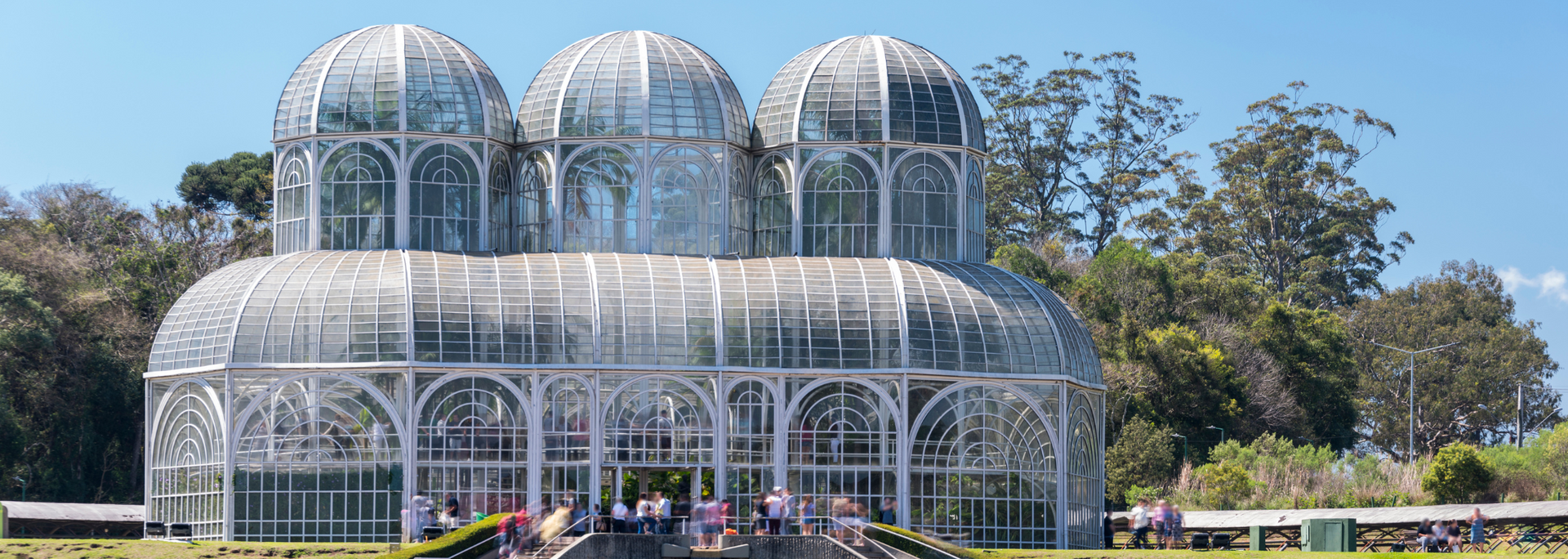
At 458 square metres, the greenhouse is hardly huge – but it's recognised throughout the world for its modern reimagining of Art Nouveau architecture. Despite its 19th-century design leanings, however, the greenhouse was opened in 1991.
Architect Abraão Assad modelled his greenhouse after The Crystal Palace in London – one of the most famous glass buildings ever constructed. Like The Crystal Palace, it consists of many small panes of glass set within intricate ironwork.
Assad wasn't alone in mimicking The Crystal Palace. Other architects have looked to the structure for inspiration, including the designer of the
Palmhuset
in Gothenburg, Sweden.
3. Basque Health Department headquarters, Bilbao
If London's Gherkin is neo-futurist and Curitiba's greenhouse is neo-art-nouveau, then the Basque Health Department headquarters can best be described as "neo-avant-garde".
This striking glass structure resembles a gigantic unpolished diamond – all gleaming prisms, jutting off from the facade as if hewn by Mother Nature over thousands of years.
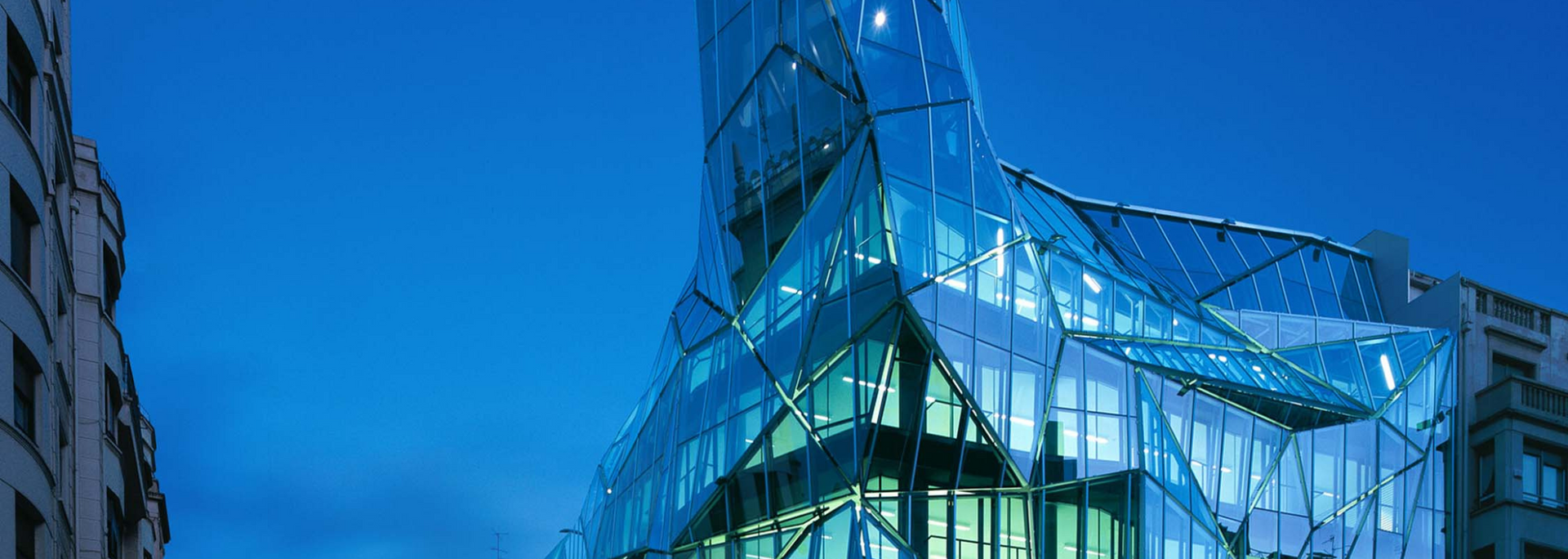
The facade was, in fact, the brainchild of Spanish architect Juan Coll-Barreu. He conceived the structure not only as an architectural statement but also as a way to revamp the original building when faced with restrictive local building codes.
Yes, the facade is in fact a
double facade. The original 1862 building sits beneath, all but untouched by this modern second skin.
The new construction makes use of a special glass laminate. It consists of a glass substrate, a PVB interlayer and another layer of low-E glass, which helps to improve the insulating properties of the structure.
This is in keeping with the Coll-Barreu's original brief. Those jutting prisms aren't just for show, you see. The seemingly random placement of the glass panels does, in fact, serve to control UV radiation and prevent the buildup of excess heat.
4. London Heathrow Terminal 2
London Heathrow Terminal 2 was reopened in 2014 after an extensive revamp helmed by Spanish architect Luis Vidal.

The new T2 features an innovative fabric roof to capture soft natural light – and makes extensive use of glass to contribute to the building's bright, airy feel.
The result is part work of art, part science project – as well as looking fantastic, the structure represents a new touchstone for sustainable airport design. Thanks to innovations like solar control measures and automatic lighting, the terminal became the first in the world to achieve a BREEAM Excellent rating.
Here at ToughGlaze, we're proud to have been involved in the construction of this trendsetting new terminal.
Working with two subcontractors – as well as the main contractor – we supplied a large proportion of the glass used for the terminal's wall cladding and structural elements. In total, we project-managed the delivery of more than 7,000 square metres of clear toughened glass and toughened laminate.
All the panels were heat soak tested to ensure long-lasting integrity – and we applied decorative finishes to many of them, including UV-resistant coloured interlayers and screen printing.
The highest honour of all, though, was when we were asked to manufacture commemorative laminate panels to mark the opening of the terminal by Queen Elizabeth II.
Feeling inspired? Since 1993, ToughGlaze has helped architects, construction firms and interior designers do more with glass. We'd love to do the same for you.
To learn more, explore some of our previous commercial glass projects – or get in touch to speak to one of our friendly experts.


